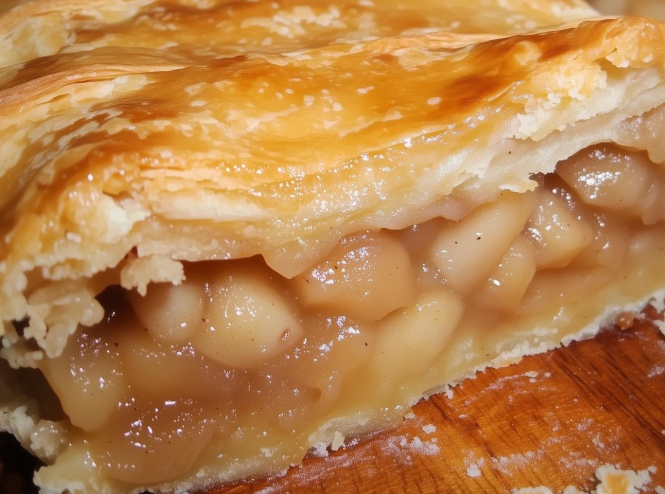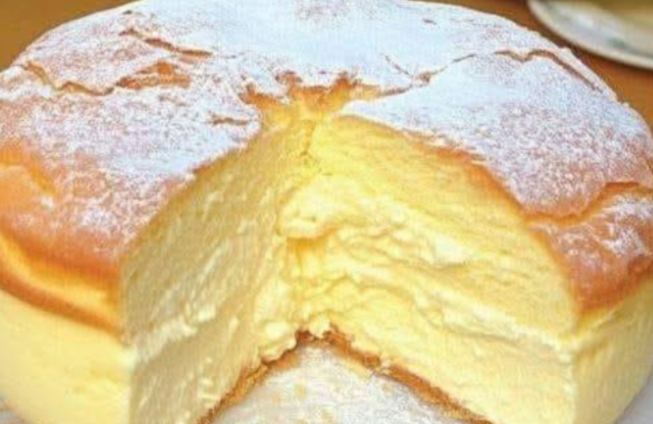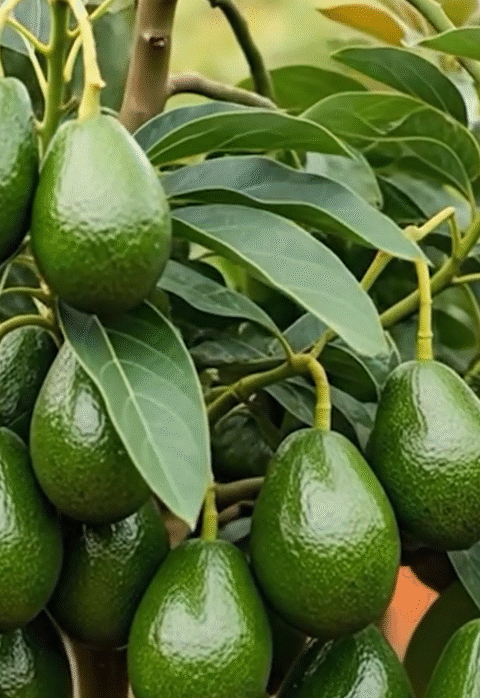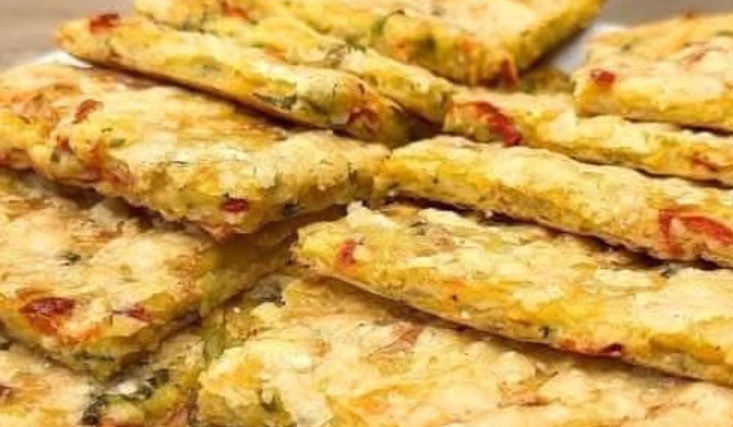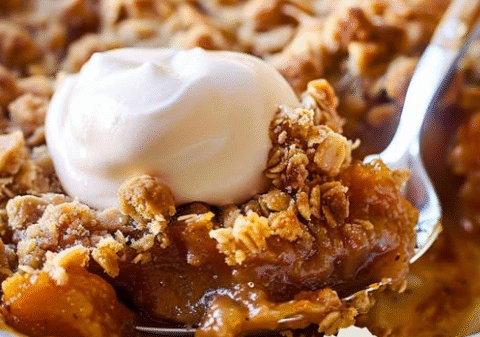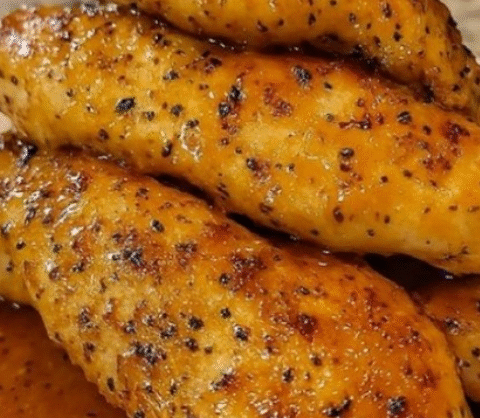Pan-Fried Halloumi: The Golden Mediterranean Cheese You Need to Try
Close your eyes and imagine this: a sizzling skillet, golden-edged cheese with a crust that crackles as your teeth sink in, and a soft, chewy center that stretches like warm mozzarella. Just when you think it couldn’t get better, a bright squeeze of lemon cuts through the saltiness like a beam of sunshine over the Aegean Sea. 🌞
Welcome to the world of Pan-Fried Halloumi—a dish so simple, it almost feels like cheating. With only three ingredients, one pan, and less than 10 minutes of cooking time, you’ll feel like you’ve been whisked away to a seaside taverna in Cyprus.
🌞 Why Halloumi Is the Ultimate Cheese Rebel
Most cheeses melt into gooey puddles when heated. Halloumi? It laughs at the heat. This semi-hard, brined cheese of Cypriot origin has an unusually high melting point, which means you can grill it, fry it, or even toss it directly onto hot coals without losing its shape. Instead of melting, halloumi develops a golden crust while keeping its tender, chewy inside intact. It’s a textural masterpiece and a flavor-packed star ingredient.
Chef Bobby Flay describes halloumi as the “steak of the cheese world,” while Gordon Ramsay swears by its ability to transform a humble salad into a gourmet experience. Ree Drummond, also known as The Pioneer Woman, calls it the “perfect gateway cheese” for anyone exploring Mediterranean cooking at home.
🥘 Ingredients You’ll Need
- 250g (9 oz) Halloumi cheese, sliced into 1 cm thick slabs
- 1 tablespoon olive oil (or use a dry pan for a lighter version)
- Fresh lemon wedges for serving 🍋
Optional extras: Fresh herbs like oregano, mint, or thyme for garnish. A drizzle of honey also works wonders if you want sweet-salty contrast.
🔥 Step-by-Step: How to Make Pan-Fried Halloumi
Step 1: Prep the Cheese
Slice your halloumi into even slabs. Too thin and it may burn before it crisps, too thick and it may not cook evenly.
Step 2: Heat the Skillet
Heat a non-stick skillet or cast-iron pan over medium-high heat. Add a drizzle of olive oil, or skip it if you want to keep things extra light.
Step 3: Fry to Golden Perfection
Place the halloumi slices in the pan. Let them cook undisturbed for 2–3 minutes until a golden crust forms. Flip and repeat on the other side.
Step 4: Serve with Lemon
Remove from the pan, squeeze fresh lemon juice over the hot cheese, and enjoy immediately. That citrus hit balances the saltiness beautifully.
💡 Pro Tips from the Pros
- Chef Gordon Ramsay: “Don’t overcrowd the pan—halloumi needs space to crisp properly.”
- Ina Garten: “Serve it on toasted bread with roasted tomatoes for an easy appetizer.”
- Bobby Flay: “Pair with watermelon for a refreshing summer salad that balances salty and sweet.”
🍴 Serving Ideas for Halloumi
- As a starter with olives, pita bread, and hummus.
- Stacked into a burger with roasted peppers and arugula.
- On top of grilled vegetables for a hearty vegetarian main.
- Mixed into a grain bowl with quinoa, chickpeas, and tahini dressing.
👉 For more Mediterranean recipe inspirations, check out our guide on Mediterranean Diet Recipes.
🥦 Nutrition & Health Benefits
Halloumi isn’t just delicious—it’s rich in nutrients. However, it’s also naturally salty, so moderation is key.
| Nutrient (per 100g) | Amount | Health Benefit |
|---|---|---|
| Calories | 320 kcal | Provides energy for daily activities ⚡ |
| Protein | 22g | Supports muscle repair and growth 💪 |
| Calcium | 700mg | Strengthens bones and teeth 🦴 |
| Sodium | 2.5g | Maintains fluid balance (consume in moderation) 💧 |
| Fat | 25g | Healthy source of energy, aids vitamin absorption 🥑 |
✔ Tip: Rinse halloumi slices in cold water before cooking to reduce excess salt.
⚠️ Health & Safety Considerations
- Sodium content: People with high blood pressure should eat halloumi in moderation.
- Lactose: Halloumi is relatively low in lactose compared to other cheeses but may still affect those with sensitivities.
- Cooking temperature: Don’t fry at too high heat—halloumi can burn quickly on the outside while staying rubbery inside.
❓ Frequently Asked Questions (FAQs)
1. Can I grill halloumi instead of frying?
Yes! Grilled halloumi develops smoky flavor while staying chewy and delicious.
2. Is halloumi vegetarian?
Traditional halloumi uses rennet, which may not be vegetarian. Look for certified vegetarian versions.
3. Can I eat halloumi raw?
Yes, but it’s firm and salty. Cooking enhances flavor and texture dramatically.
4. Can I freeze halloumi?
Yes—freeze in slices with parchment paper between layers. Thaw before cooking.
5. What oil is best for frying halloumi?
Olive oil works best for flavor, but you can also use sunflower or avocado oil.
6. How do I stop halloumi from sticking?
Use a non-stick skillet or well-seasoned cast iron, and don’t move it too soon.
7. Why is my halloumi rubbery?
It may be undercooked. Make sure both sides have a golden crust.
8. What pairs well with halloumi?
Lemon, watermelon, tomatoes, roasted peppers, and fresh herbs.
9. Is halloumi healthy?
Yes—in moderation. It’s high in protein and calcium but also high in sodium.
10. Can I bake halloumi?
Absolutely. Bake slices at 200°C (400°F) for 10–12 minutes until golden.
✨ Final Thoughts
Pan-fried halloumi proves that the simplest recipes often deliver the biggest rewards. With just a skillet, three ingredients, and 10 minutes, you can create a dish that feels like a Mediterranean escape. Crispy on the outside, chewy on the inside, and perfectly balanced with a squeeze of lemon—this cheese truly is the rebel of the dairy world.
👉 Want more Mediterranean magic? Explore our collection of Greek Recipes and Healthy Appetizers to bring sunshine to your table every day.
Bon appétit—or as they say in Cyprus, Kali Orexi! 🇨🇾🧀🍋
